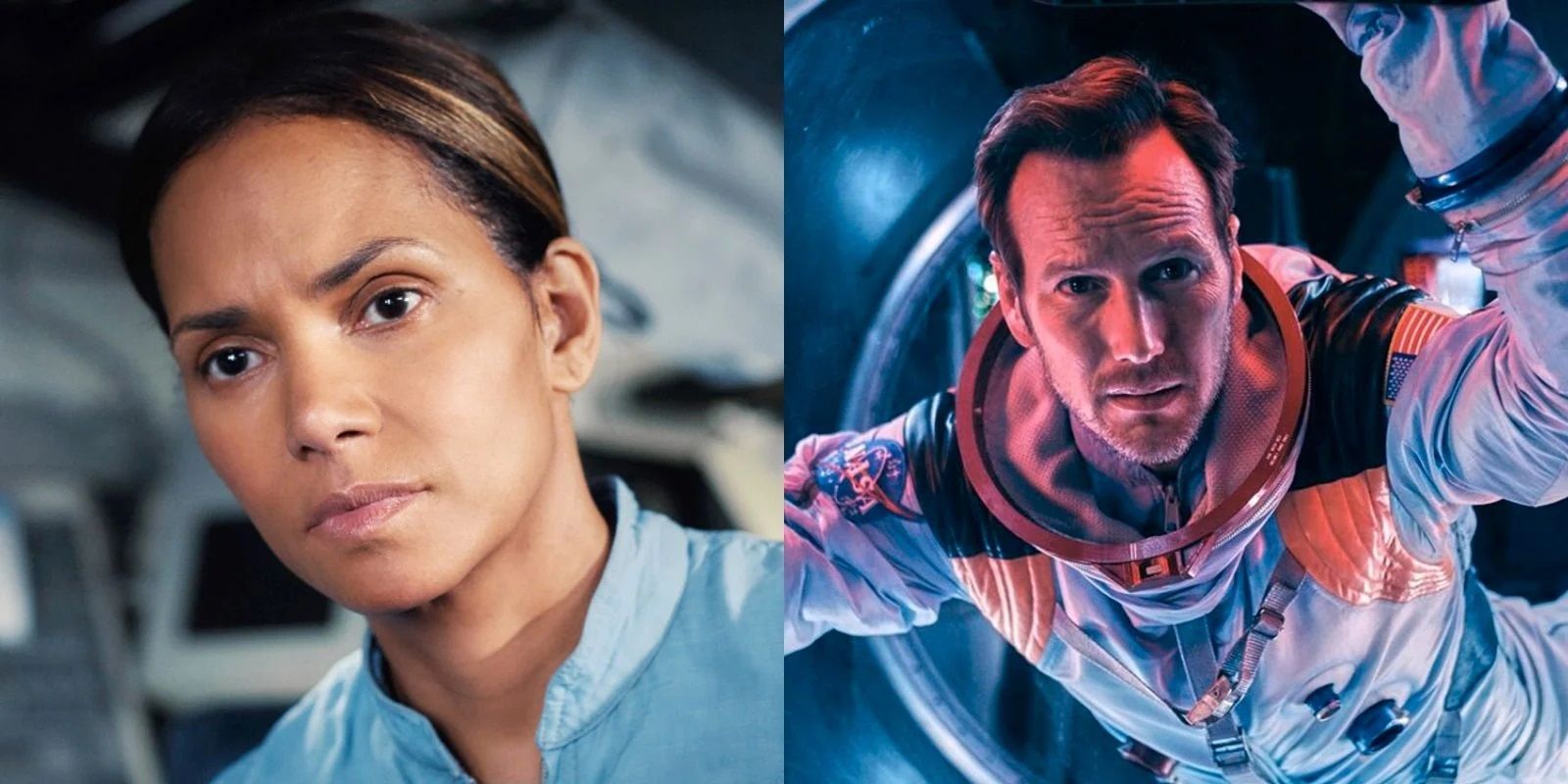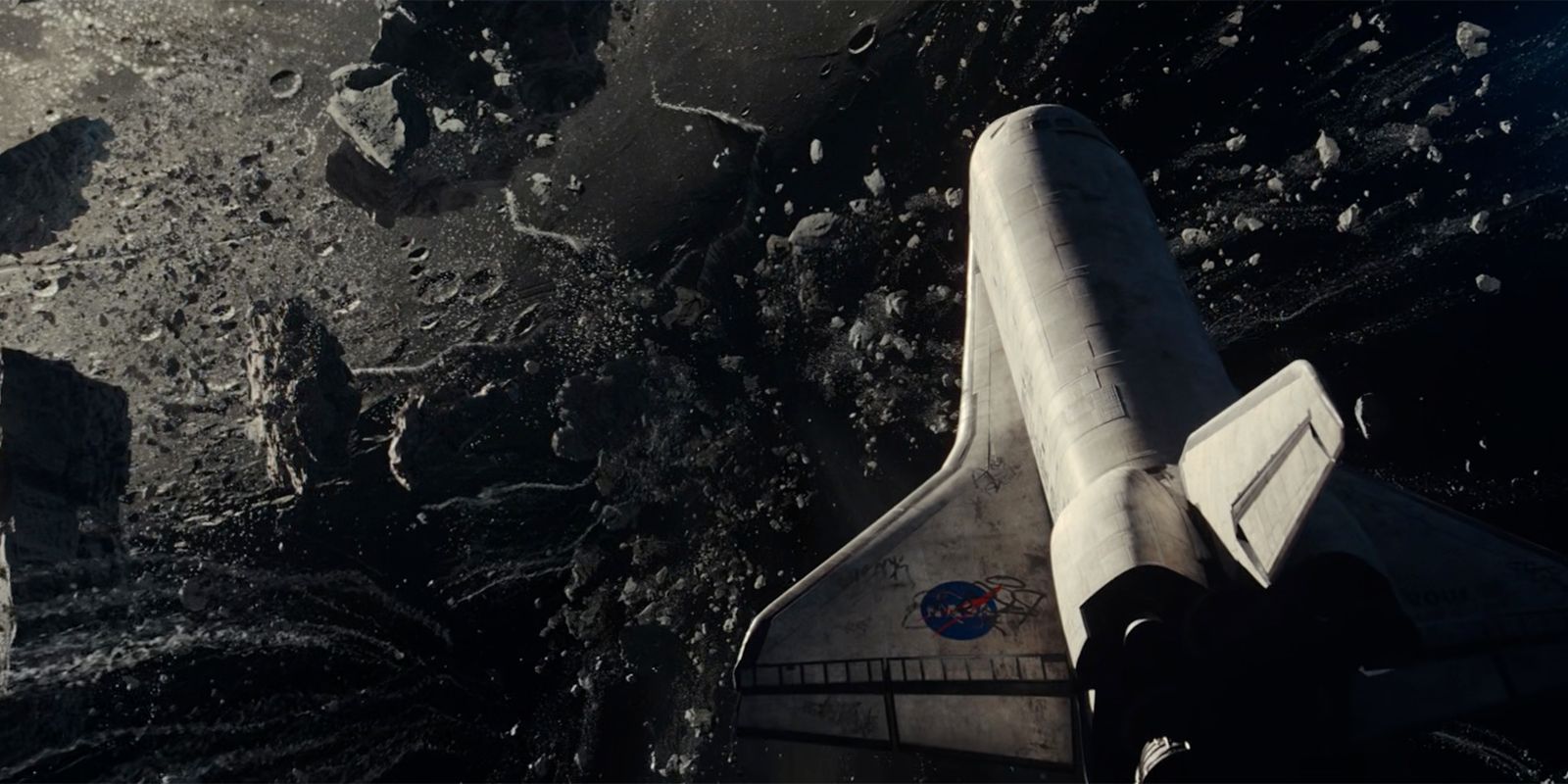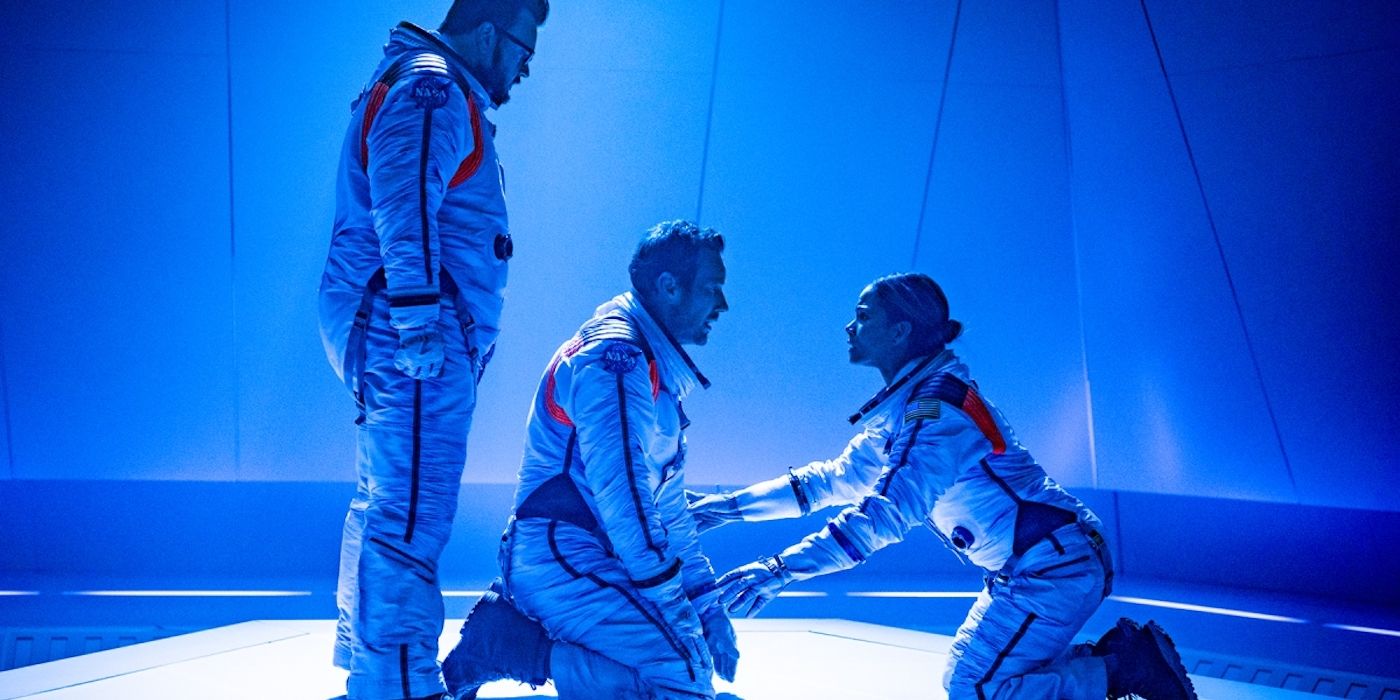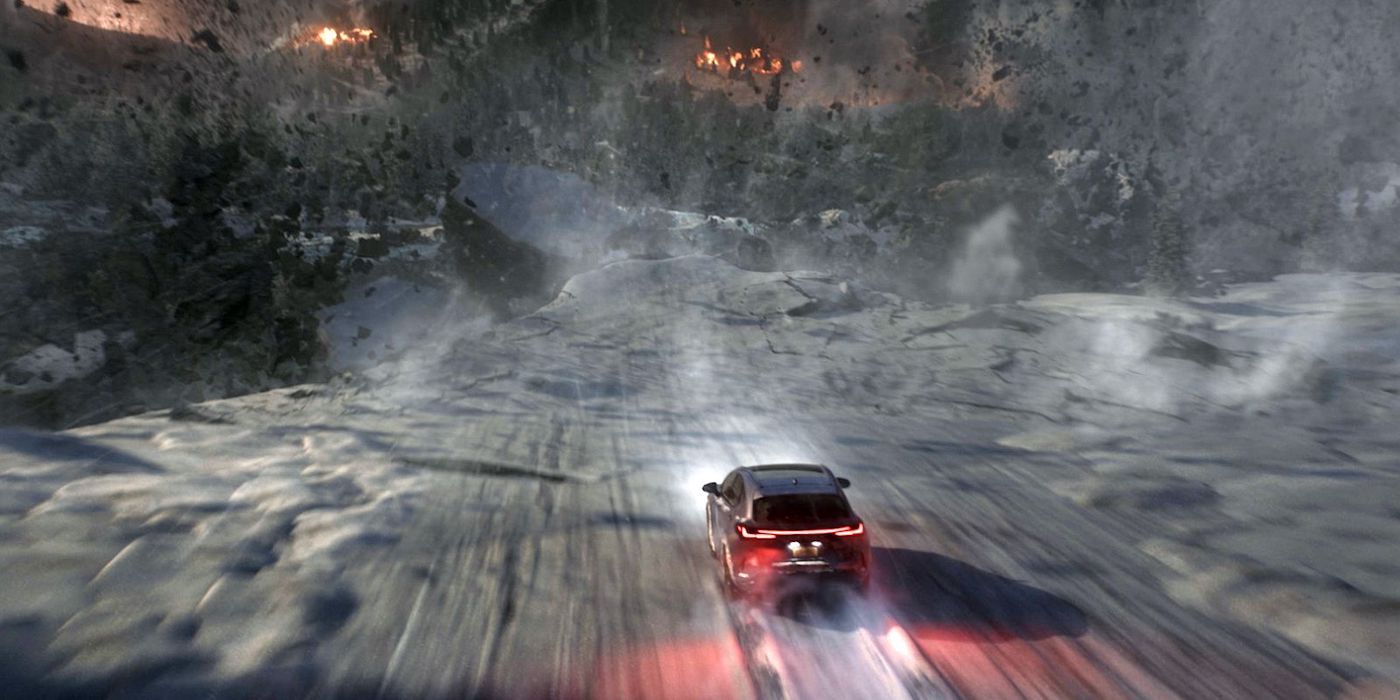Audiences know what they’re in for when they go out to see a Roland Emmerich film. Over the last three decades, the Independence Day director has made a name for himself, entertaining disaster fans with implausible doomsday scenarios, stunning special effects, and his signature catastrophic destruction of beloved cities and landmarks.
While critics largely panned Emmerich’s latest sci-fi disaster offering, Moonfall delivers the goods in precisely the manner – and on the kind of big-budget scale – that fans of Emmerich’s work have come to expect. If there’s a disaster film to be made, it seems clear that no one can deliver end-of-world destruction, carnage, and spectacle quite like Roland Emmerich.
This article contains spoilers for Moonfall.
10 Impressive Special Effects Flood The Senses
Computer-generated special effects may not be for everyone when measured against well-executed practical effects. Still, there is no denying that CGI has played an important role in bringing some of the film industry’s biggest blockbusters to life over the last few decades.
Moonfall is certainly no exception. From the pristine imagery of alien nanobot technology wreaking havoc to the epic destruction that ensues on Earth as the Moon’s orbit deteriorates to the climactic reveal of the Moon’s interior – this film is a visual feast. The advancements in CGI have created a new standard for Emmerich’s films that far surpasses the quality of CGI seen in previous efforts like The Day After Tomorrow and 2012.
9 A Gravity Wave Manifests The Ultimate Tsunami During A Space Shuttle Launch!
One particularly remarkable sequence in Moonfall occurs when a gravity wave develops during the launch of the space shuttle carrying the film’s protagonists to the Moon. It seems Emmerich may have been attempting to create the largest tsunami ever seen on film. And who doesn’t love giant tsunamis in their favorite disaster movies?
Needless to say, navigating an emergency space shuttle launch to the Moon while battling with the forces of gravity to avoid getting crushed by a massive tidal wave certainly makes for some great tension and compelling viewing.
8 Halle Berry’s Character Serves As A Solid Role Model
It’s refreshing to see Halle Berry appear in a prominent lead role for a big-budget action film again. Berry’s portrayal of Jocinda Fowler perfectly captures the conflicted emotions of someone who understands the need to sometimes play by the rules, but is also naturally inclined to think outside the box and take a principled stand in the face of overwhelming adversity.
Berry’s portrayal of Jocinda Fowler provides a strong example of how one person on the inside, in a position of power, can make all the difference in thwarting poorly thought-out decisions that only serve to make the problem worse (in this case, nuking the Moon). Jocinda functions as one of the sole voices of reason in Moonfall.
7 The Outsider With Fringe Views Gets It Right
Audiences are likely to be at least somewhat sympathetic to the lowly amateur science nerd with big ideas that aren’t necessarily accepted in the mainstream, and who hasn’t made much of a name for himself by advancing such ideas. John Bradley plays the part of underdog KC Houseman to perfection: intelligent, but a little goofy, quirky, and peculiar.
Bradley’s character theorizes that the Moon is actually a megastructure built by aliens long ago, a fringe position that has kept him from being taken seriously by credentialed scientists. But it turns out he is proven correct, and it’s Houseman’s observations that ultimately help bring the film’s protagonists together for their world-saving mission.
6 The Moon Is An Ancient Megastructure
Perhaps one of the biggest questions on viewers’ minds going into Moonfall was how Emmerich would explain the reason for the Moon’s decaying orbit while still keeping the film at least somewhat plausible from a scientific perspective. The solution, it seems, was to simply turn the Moon into a megastructure built billions of years ago by the more technologically-advanced ancestors of humanity as an ark to repopulate the human race.
This megastructure is also under attack by an artificial alien intelligence that seeks to destroy any organic life form it encounters. By introducing the megastructure as a plot device, virtually anything becomes possible because the film enters a realm beyond current human scientific and technological understanding.
5 Patrick Wilson’s Character Is Fully Vindicated
One of the film’s three protagonists, astronaut Ben Harper (played by Patrick Wilson), experiences a direct encounter with alien nanotechnology at the beginning of Moonfall. The government engages in a cover-up to avoid alarming the public, but Harper refuses to go along with the charade. As a result, his career and credibility are destroyed.
But as events unfold in the film, Harper is vindicated at every turn, as the true threat posed by the AI is revealed. Ultimately, it is Harper who ends up serving as the conduit for understanding the truth about the Moon, its purpose, and how to destroy the alien AI and save the Earth.
4 Donald Sutherland’s Limited Appearance Elevates The Film
Although screen legend Donald Sutherland’s appearance in Moonfall is brief and occurs a mere 36 minutes into the film, a strong case can be made that Sutherland’s presence adds a certain element of gravitas and credibility to the film that would not exist had Sutherland declined to participate.
Sutherland’s intense persona, piercing delivery, and eloquent exposition provide a crucial turning point in the film, where the audience first begins to understand that the Moon is not what they thought it was. Sutherland’s Holdenfield character establishes the basic premise upon which the story unfolds.
3 Moonfall Is Entertaining And Doesn’t Require Much Thought
One of the biggest criticisms about Moonfall also happens to be one of the film’s biggest strengths. Is it absurd, intellectually light, and full of clichés? Of course! But that’s all part of the fun with this ride. Art is subjective, and people enjoy different films for different reasons. Some people watch movies for intellectual stimulation and substantive stories and characters.
But others simply want to be entertained and don’t necessarily want to think too deeply about what they’re watching when looking for an escape from the real world. To that end, Moonfall accomplishes its goal in spades. It is big, bold, and lots of fun, but it also doesn’t pretend to be anything other than the pure disaster spectacle that it is.
2 The Underdogs Save The World
Everybody loves to root for an underdog, and in the case of Moonfall, each of the three main protagonists offer their unique take on what being an underdog means. They are all consistently underestimated, discounted, and dismissed throughout the film, but it is their perseverance and belief in themselves and each other that ultimately saves the day.
While we do lose one of the main characters in the process of saving the world, the sacrifice is still a victory for humanity. In essence, the underdogs accomplish what no one else in the film thought they could.
1 The Moon Really Does Fall Into Earth, And Epic Disaster Follows
The central premise of Moonfall: to deliver an unprecedented level of epic destruction due to the Moon’s decaying orbit. And the film delivers on these expectations marvelously. It may not be the most thought-provoking film, but it is an enjoyable extravaganza of devastation.
Considering Emmerich has portrayed virtually every disaster scenario imaginable throughout his filmmaking career, it’s understandable that he would feel inclined to top his previous work in any way he can. Earth being imperiled by a falling moon was probably the only place left for Emmerich to go, and it was the one thing audiences hadn’t seen yet.











